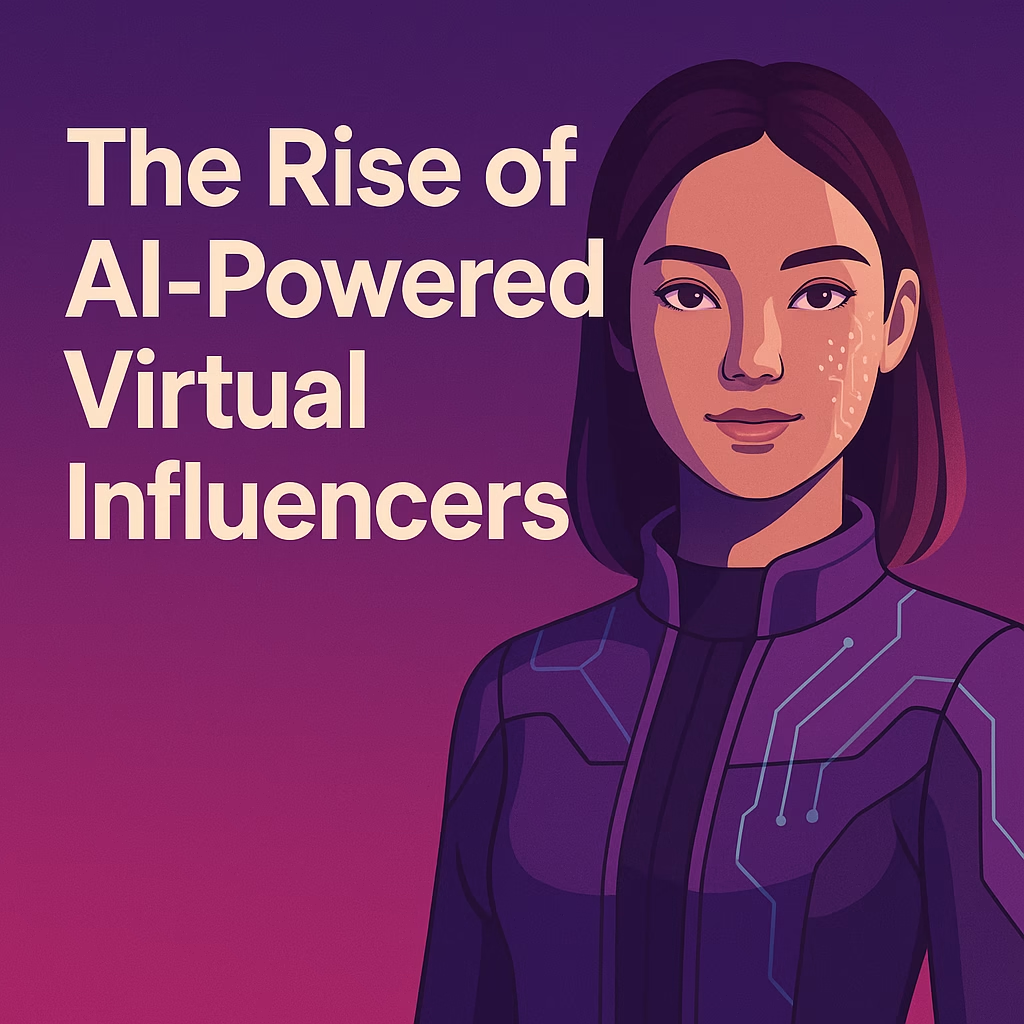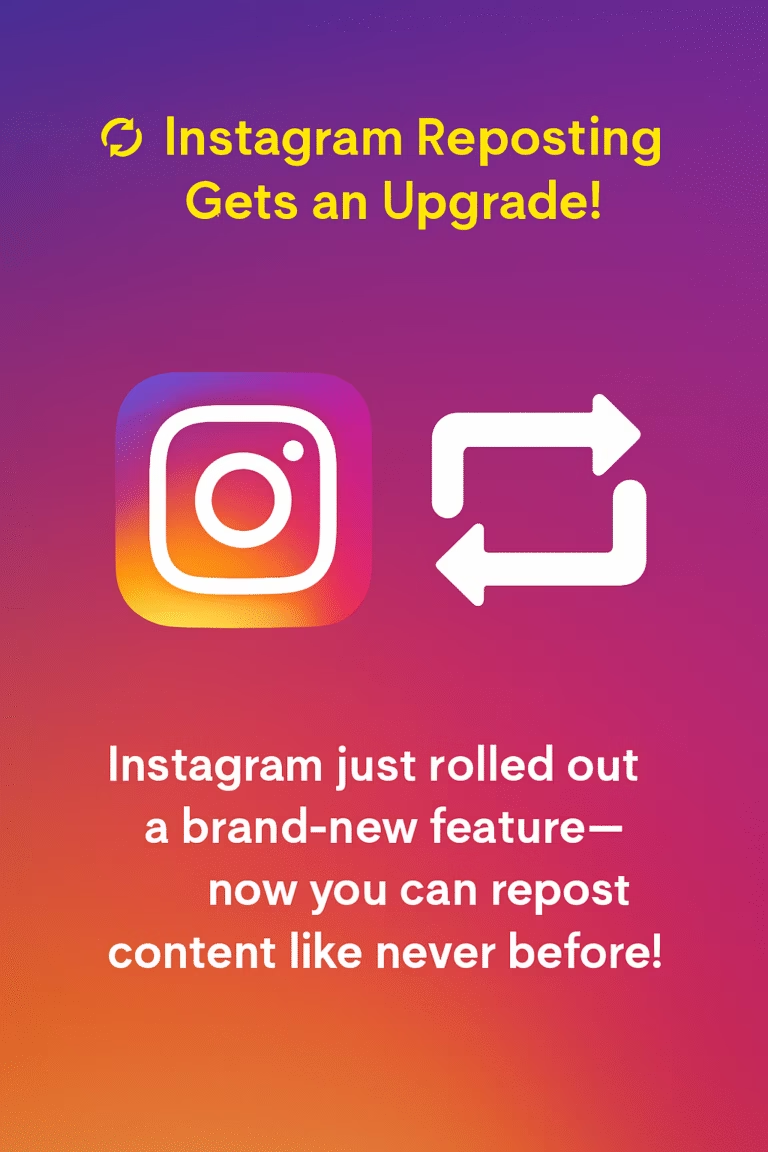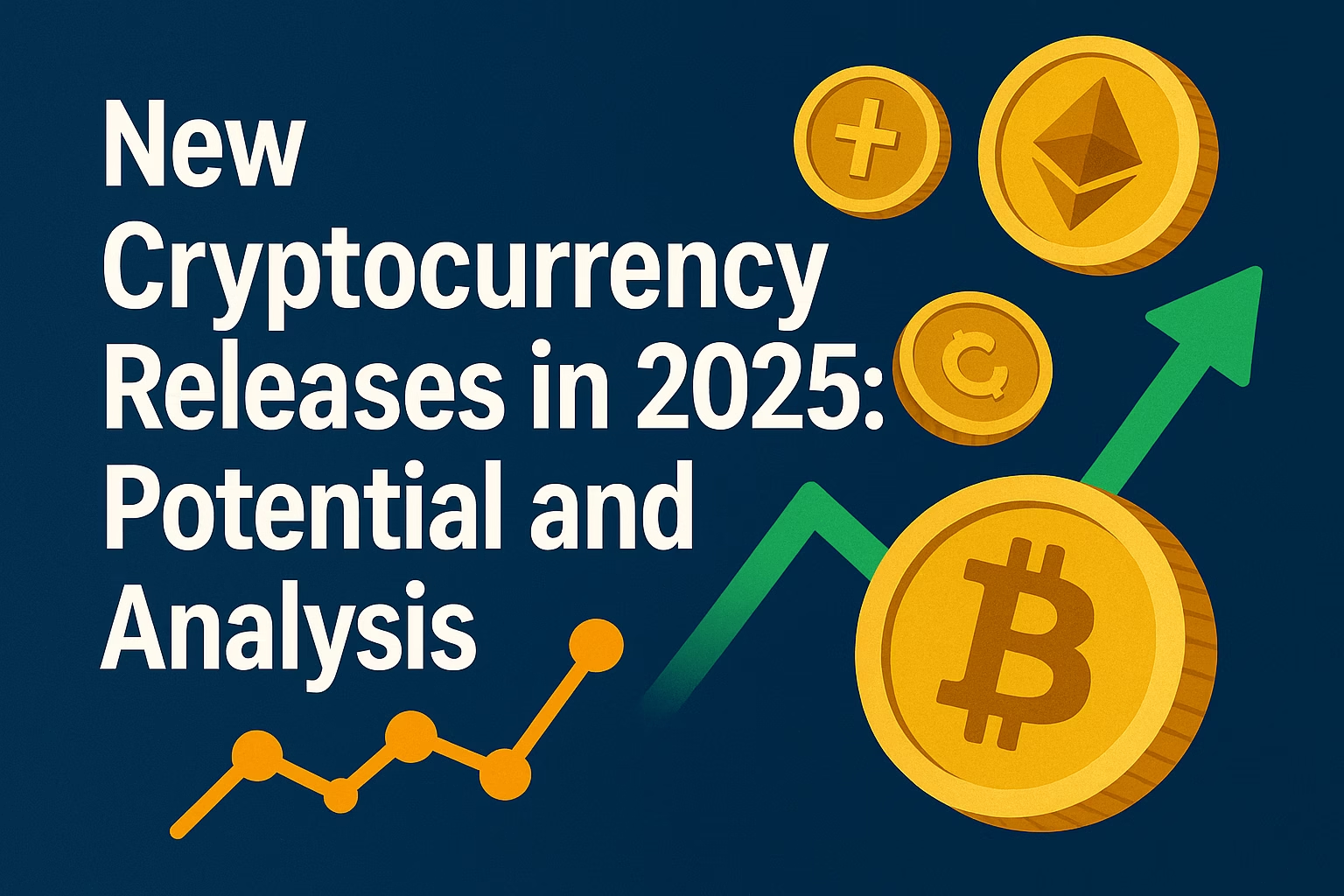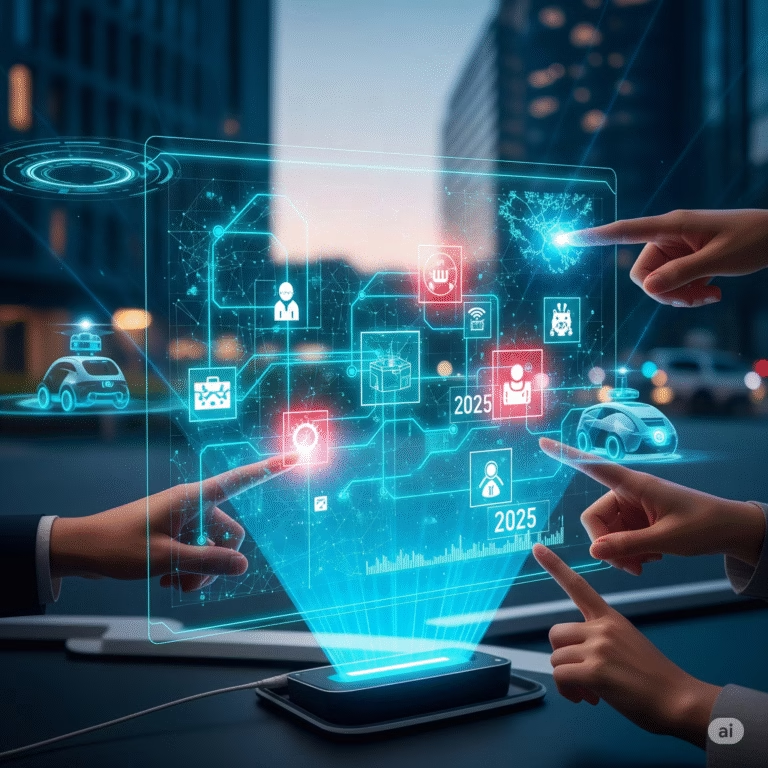
Introduction
In 2025, the digital landscape is witnessing a seismic shift with the emergence of AI-powered virtual influencers. These computer-generated personalities are reshaping social media, marketing, and entertainment, captivating audiences worldwide. From Instagram to TikTok, virtual influencers like Lil Miquela and Imma are not only trending but redefining what it means to be an “influencer.”

The Phenomenon of Virtual Influencers
Virtual influencers are AI-crafted avatars designed to mimic human behavior, aesthetics, and personalities. Unlike traditional influencers, they are entirely digital, created using advanced 3D modeling, motion capture, and generative AI technologies. These avatars can post content, engage with followers, and even collaborate with brands, all while being controlled by creative teams or AI algorithms.
The appeal lies in their versatility. Virtual influencers can be tailored to fit any demographic, style, or narrative, making them ideal for targeted marketing. For instance, Lil Miquela, a virtual Instagram star with millions of followers, promotes fashion brands, attends virtual events, and even “speaks” on social issues, blurring the line between reality and fiction.
Why Are They Trending in 2025?
Several factors are fueling the rise of virtual influencers:
- Technological Advancements: The leap in AI capabilities, particularly in generative models like those powering realistic visuals and natural language processing, has made virtual influencers more lifelike. Tools like those from xAI and other tech giants enable seamless interactions, making these avatars feel authentic.
- Brand Control: Unlike human influencers, virtual ones don’t face scandals or unpredictable behavior. Brands can craft their image, voice, and message with precision, ensuring consistent storytelling.
- Global Appeal: Virtual influencers transcend cultural and linguistic barriers. For example, Imma, a Japanese virtual model, appeals to international audiences without the logistical challenges of travel or scheduling.
- Economic Efficiency: Creating and maintaining a virtual influencer can be more cost-effective than long-term contracts with human celebrities, especially for niche markets.
Recent posts on X highlight the buzz around virtual influencers, with users marveling at their hyper-realistic appearances and debating their impact on authenticity in social media. Web sources, including tech blogs and marketing reports, note a surge in brands investing in virtual campaigns, with a projected market growth of 30% annually through 2030.
Cultural and Ethical Implications
The rise of virtual influencers isn’t without controversy. Critics argue they contribute to unrealistic beauty standards, as their flawless appearances are unattainable. Others question the ethics of AI-driven personas shaping public opinion or promoting products without the accountability humans face. On X, some users express unease about the potential for deepfake-like manipulation, while others celebrate the creativity and innovation.
There’s also the question of authenticity. Can a programmed entity genuinely connect with audiences? Supporters counter that virtual influencers are no less “real” than heavily curated human profiles, pointing to their ability to inspire and entertain.
The Future of Virtual Influencers
Looking ahead, virtual influencers are poised to dominate more than just social media. In 2025, we’re seeing them expand into virtual reality (VR) spaces, gaming platforms, and even music, with AI-generated artists releasing chart-topping singles. Brands are also experimenting with personalized virtual influencers, where consumers can interact with custom avatars tailored to their preferences.
As AI technology continues to evolve, the line between human and virtual will blur further. With tools like Grok 3 powering sophisticated interactions, virtual influencers could become companions, educators, or even political commentators, raising exciting yet complex questions about identity and influence.
Conclusion
AI-powered virtual influencers are more than a passing trend—they’re a glimpse into the future of digital culture. As they redefine fame, creativity, and commerce, they challenge us to rethink authenticity and connection in an AI-driven world. Whether you view them as innovative art or a step toward dystopia, one thing is clear: virtual influencers are here to stay, and their influence is only growing.




